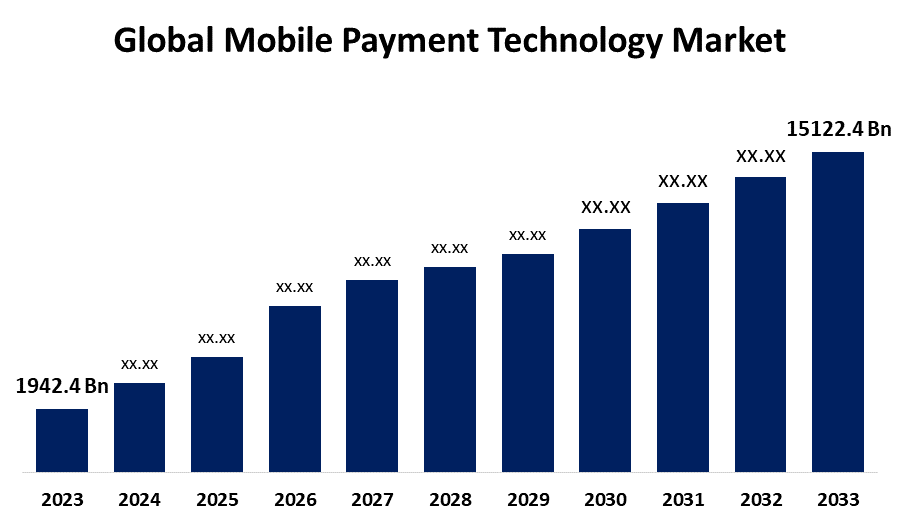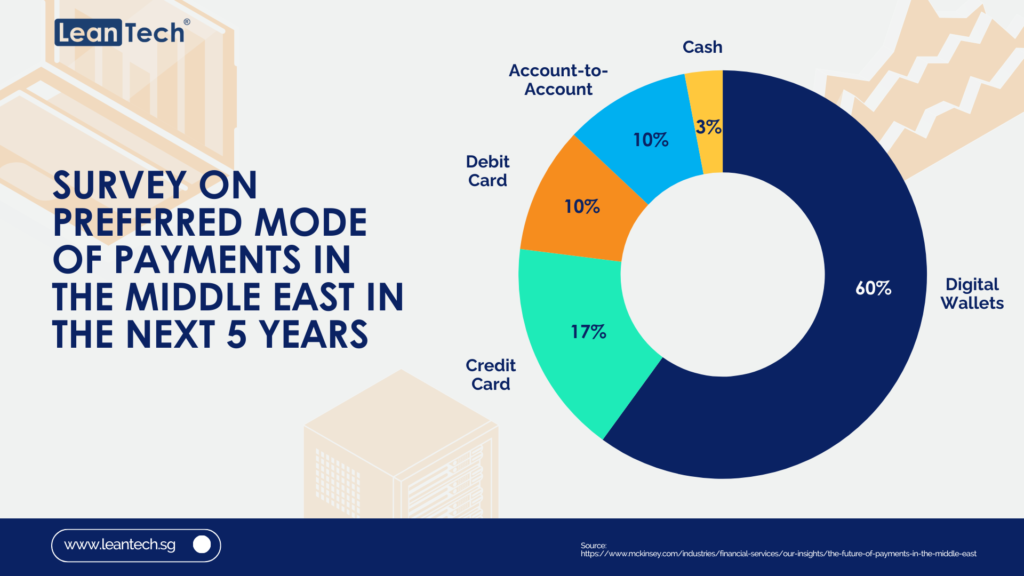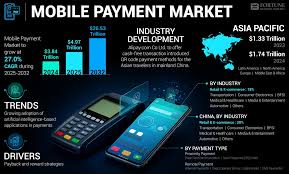The way people in Qatar pay for everyday items is undergoing a huge transformation. With a smartphone in nearly every pocket and digital connectivity growing stronger by the day, more and more Qataris are turning to mobile payment options. The convenience, speed, and added layers of security are changing how the country shops, dines, and even sends money.
Mobile payment adoption in Qatar is not just a trend it’s becoming a lifestyle. From NFC-based transactions in coffee shops to app-based payments in taxis and local souqs, the shift is real, and it’s moving fast.
The Rise of Mobile Wallets in Qatar
Mobile wallets like Apple Pay, Google Pay, and Samsung Pay have become household names in Qatar. But beyond these global platforms, local banks have also launched their own apps that support contactless payments, QR codes, and direct peer-to-peer transfers. With the country pushing for a cashless society under its Vision 2030 agenda, the infrastructure for digital transactions has improved significantly.
People are beginning to rely on their mobile phones for transactions big and small. Whether it’s paying for groceries or buying movie tickets, using a mobile wallet is now more common than pulling out cash.
Young Consumers Lead the Digital Shift
Qatar’s tech-savvy youth is driving the mobile payment boom. Teenagers and young adults, who are naturally comfortable with smartphones, are more likely to use mobile wallets than older generations. They enjoy the speed, simplicity, and cool factor of tapping a phone instead of digging through a wallet.
This younger population also tends to shop more online, where digital payments are a necessity. With brands targeting Gen Z and millennial through apps and online discounts, the younger generation finds mobile payments more rewarding and friction less.
Strong Trust in Digital Banking and Fintech
One of the key reasons mobile payments are growing fast in Qatar is the increasing trust in financial technology. Banks have upped their game in securing digital transactions with features like biometric authentication, two-factor verification, and fraud monitoring. This has helped reduce concerns about security and built trust among users.
Fintech companies are also doing their part by offering user-friendly apps, real-time payment alerts, and integrated loyalty programs. As trust continues to grow, adoption rates are expected to climb even further.

Government Support Boosting Adoption
The Qatari government has played a big role in promoting digital payment systems. By encouraging banks, retailers, and transport services to adopt mobile payment options, they are helping create a more seamless and cashless economy.
Initiatives like smart city projects and cashless public transport systems are encouraging people to make the shift. Even government-related payments — from electricity bills to traffic fines — are now payable via mobile apps, making them more accessible and convenient.
Pandemic Accelerated the Digital Payment Curve
The COVID-19 pandemic was a major turning point for digital payments in Qatar. During lockdowns and restrictions, people were forced to shop online and avoid touching cash. This period introduced many first-time users to the world of mobile payments.
Even after restrictions lifted, many consumers preferred to stick with contactless methods. The habit had already formed, and people found it not only safer but also more convenient than traditional payment methods.
Retailers Upgrading for the Mobile Generation
Businesses in Qatar are catching up with the mobile payment demand. From high-end malls to small grocery stores, more and more outlets now support NFC terminals, QR scanning, and mobile checkout. Restaurants offer payment via apps and e-wallets; even valet services at hotels are going digital.
Retailers understand that today’s consumer values speed and ease, and they’re willing to invest in digital upgrades to attract more customers. Offering mobile payments is no longer an option — it’s a necessity for businesses that want to stay relevant.
E-Commerce and Food Delivery Apps Thrive
E-commerce in Qatar has seen incredible growth in the last few years, and mobile payments are a key part of that rise. Platforms like Talabat, Snoonu, and Carriage allow users to pay directly through their apps, making the entire process fast and efficient.
The ease of ordering anything from groceries to electronics with a few taps, and paying instantly via mobile wallet, is becoming second nature to consumers. These platforms often offer cashback and discounts when users pay digitally, further encouraging adoption.
Banks Innovating to Stay Ahead
Qatar’s banking sector is investing heavily in mobile banking apps. Most banks now offer mobile apps with features like instant account transfers, utility bill payments, and QR-based merchant payments. They are also partnering with retailers and e-commerce platforms to offer exclusive promotions to mobile app users.
Banks are competing not just in services but in user experience smoother interfaces, faster processing, and easier navigation. This level of innovation is making mobile payment usage feel more natural and reliable for every customer, regardless of age.

Digital Payment at Events and Festivals
One of the noticeable areas where mobile payments have become prominent is during public events, exhibitions, and national festivals. Visitors can pay entry fees, food vendors, and even parking through mobile apps or QR codes, minimising cash handling and speeding up transactions.
With events like the FIFA World Cup having set the benchmark for tech-driven visitor experiences, Qatar’s future events are expected to go fully cashless, adding another layer of adoption among residents and tourists alike.
Challenges Still Exist
Despite the rapid adoption, there are still a few bumps on the road. Some smaller vendors, especially in rural areas or traditional marketplaces, still prefer cash due to the costs or lack of digital infrastructure. Also, some users still face issues like poor internet connectivity or confusion between different mobile wallet platforms.
However, these challenges are shrinking as awareness and accessibility increase. Government programs and banking initiatives are already addressing these gaps to ensure no one is left behind.
The Road Ahead: What to Expect in 2026 and Beyond
As Qatar continues on its digital journey, mobile payments are only expected to become more advanced. With the introduction of blockchain, AI integration, and biometric-only payments (like facial or voice recognition), the future looks even more secure and seamless.
Consumers can expect more personalised offers, loyalty programs tied directly to mobile wallets, and possibly full replacement of plastic cards. Schools, hospitals, and even neighbourhood services could soon accept only digital payments — a futuristic reality that is just around the corner.
Why Qatar’s Consumers Are Embracing the Mobile Payment Shift
At its core, mobile payment is about freedom. It frees people from queues, from physical wallets, from the fear of losing cash, and from traditional limitations. The ability to pay anywhere, anytime, using just a mobile phone, is a powerful concept one that Qataris are now fully embracing.
This shift reflects a deeper cultural openness to innovation, convenience, and smart living. As the country positions itself as a global tech hub, the habits of its people are evolving just as fast.
In the coming years, the phrase “Do you accept mobile payments?” may become as outdated as “Do you take credit cards?” because in Qatar, digital is the new default.
Do follow Gulf Magazine on Instagram
Also Read – Virtual Reality in Qatar Museums: 7 Unique Experiences to Explore



